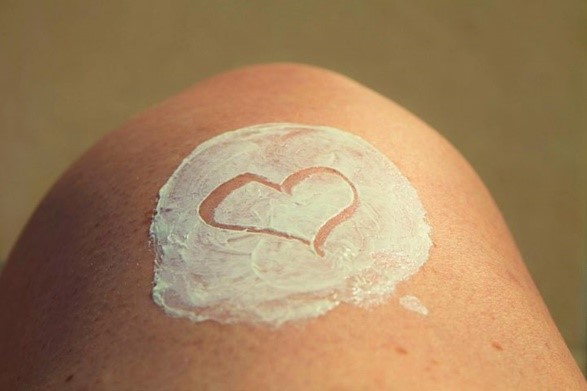How To Safely Do An Indoor Tan

Indoor tanning is a solution for getting a tan for many reasons. The weather plays a role in where you decide to tan. Sometimes it is winter or a rainy season, and sitting outside does not have the same effect as sitting in the summer sun. Maybe you’re too busy to take the time to sit in the sun. Whatever the reason that you decide to tan indoors, make sure that you make it the safest indoor tanning session possible. This starts with the right Indoor tanning bed lotion.
Before you begin your indoor tanning session:
Understanding how tanning lotions work will help prepare you for the best indoor tanning session. Tanning beds will emit ninety five percent UV-A and five percent UV-B, which is similar to the exposure of the summer sun. The tanning bed stimulates the melanocytes to produce melanin, which appears as dark pigments on the skin. The melanin is produced to protect your skin from further exposure to the ultraviolet lights. Using Indoor tanning bed lotions will help protect the skin as well.
Understand your skin type:
Knowing your skin type (normally on a range from 1 being very light to 5 being dark skinned) will help ensure that your indoor tanning session is the safest it can be. Each skin type will have different recommended time under the indoor tanning lights. The lighter the skin, the less time you should spend under the tanning bed lights. There is no exact calculation for determining the amount of time under the lights because each tanning bed may vary along with each person’s skin.
There are some guidelines, though, such as starting slowly. When beginning to indoor tan, slowly increase the amount of exposure time (this could be a simple 5-minute tan that gets increased over time). This will give a base tan to prevent further burning. Going too fast could result in damaged skin. You may need to wait a few days to tan again. Everyday tanning could result in skin damage; however, waiting too long could result in the base tan fading, requiring you to begin the cycle again. Avoid overexposure. Using indoor tanning bed lotion can help prevent this exposure, but be mindful of the time spent under the lights.
Prepare your skin by using indoor tanning bed lotion.
Prior to your tanning session, begin to clean and exfoliate your skin to ensure that all dead skin is removed, and that your skin is ready to receive the UV lights. On the day of the tanning session, ensure that you apply indoor tanning bed lotion. Use gentle circles to ensure that you have even coverage over your entire body.
Do not use outdoor tanning lotion because it is not designed for tanning beds and can damage the bed.
Do not wear cosmetics when tanning as the oils from these products may interfere with the tanning bed, could make your skin more sensitive to the UV lights, could damage your skin, and could also impede the tanning lotion’s effect. When going tanning, also ensure that all jewelry is removed. This could give your skin white spots where the UV lights were not able to tan the skin. This also includes removing your glasses.
Post tanning tips.
Caring for your skin after a tanning session is also important. Ensure that you use a moisturizer that is recommended for tanning. This will help your skin stay plump and prevent it from appearing leathery. Following a tanning session, avoid showering for a few hours. It will take a few hours for the skin’s melanin to be stimulated. Humans will shed their skin roughly every thirty days. Tanning will only darken the first few layers of skin. When these layers begin to shed, the tan will begin to fade. Extreme heat can increase the rate of shedding. Also, hot water (such as spas) and harsh soaps with chemicals will cause the skin to fade faster.
When indoor tanning, follow the rules of the salon and the advice from the staff in regards to how long and when to use an indoor tanning bed. Ensure that you have the right indoor tanning bed lotion, and follow any post tanning recommendations for a safe indoor tanning session.

